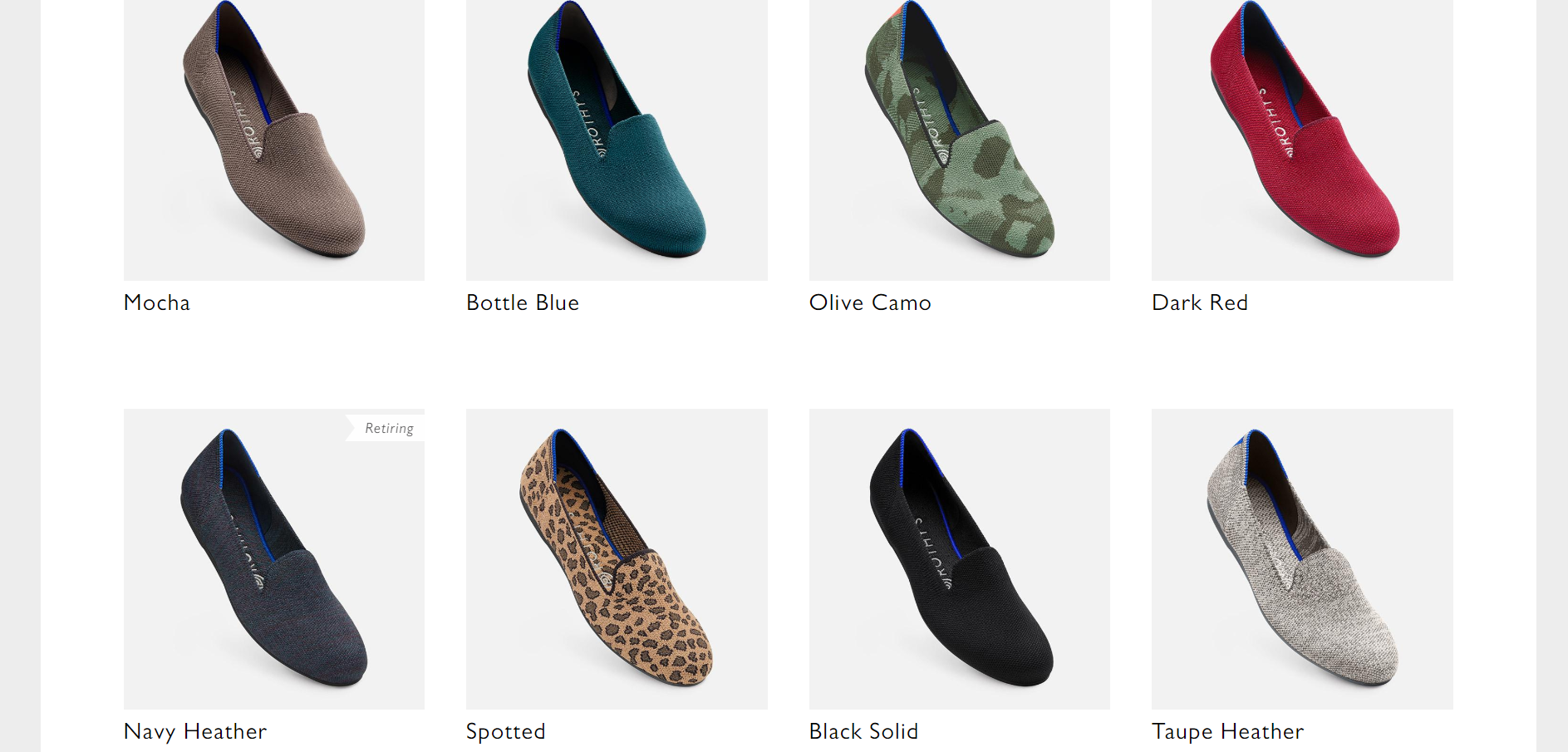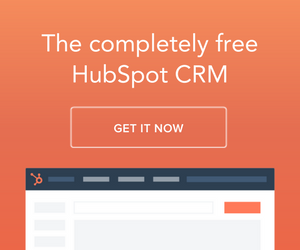10 Ways to Increase Ecommerce Website Conversions
 Within seconds, your ecommerce site needs to establish trust, successfully showcase your products, and make it as easy as possible for consumers to make a purchase. From your product pages to your checkout, increasing conversion rates requires an enjoyable and intuitive user experience as well as a clearly defined path to purchase.
Within seconds, your ecommerce site needs to establish trust, successfully showcase your products, and make it as easy as possible for consumers to make a purchase. From your product pages to your checkout, increasing conversion rates requires an enjoyable and intuitive user experience as well as a clearly defined path to purchase.
To help you capture more conversions from your ecommerce site, we’ve put together a list of 10 best practices.
1. Security Certificate/SSL
Before most website visitors would even consider making a purchase from your online store, they need to feel absolutely comfortable that their information (passwords, credit card number, etc.) is going to be kept private. Adding a security certificate/SSL (Secure Sockets Layer) marks your website as "secure" in browsers—giving your customers peace of mind and increasing the likelihood they’ll buy something. Best of all, adding a SSL is generally inexpensive at only $29 per year. Some hosting companies will even help you add the SSL to your site so you don’t have to wait on your website designer or pay through the teeth.
2. Simple Checkout
You can have the most beautifully designed website but when it comes to buying, an online store’s checkout is far more important than CTA buttons, product pages, etc. To increase conversion rates, it’s absolutely crucial to streamline the checkout process as much as possible—requiring the minimum amount of information you need from the user to successfully complete the purchase.
3. Intuitive Navigation
Shoppers need to be able to find what they’re looking for and fast. If you have too many items in your navigation or you bury your most popular products 10 clicks deep, website visitors will quickly get frustrated and exit your website before buying anything. Click through your website from the eyes of a prospective customer. Where do you want people to go? What do you want them to do on each page? Are navigation items clear and intuitive? Are there any differences good or bad between navigating your website on a laptop versus from a smartphone?
Below, you can see how Stitch Fix has simplified their navigation with three primary options in their main navigation—Women, Men, Kids.

4. Persuasive Product Descriptions
What makes your product truly different? Why should shoppers get excited enough to buy something from you instead of Amazon or another competitor? Ecommerce product descriptions can not only help with online visibility and SEO by incorporating targeted content and keywords for search engines, but they should also get shoppers excited and elicit an emotional response—that’s ultimately what will get them to buy.
5. Crisp Product Photography
Along with persuasive product descriptions, product photography can make or break your online shopping experience. We’re visual by nature and being able to see products online makes us that much more likely to make a purchase. In fact, according to stats from BigCommerce, 78% of online shoppers want more images from ecommerce sites. However, it’s not enough to just “have” product photos—every picture should serve a specific purpose and capture the most important elements of each item. You should also consider your brand personality and what that means for your image strategy—ex. do you want to be quirky? artistic? minimalist?
In this example from Rothy’s, the shoe designs and shoe names are clearly the focus. Shoppers can quickly scan different loafers and view additional images when they scroll over/click each item. And while we’re on the topic of descriptions, look at some of those names. They could’ve just called the loafer “Blue” but instead they called it “Bottle Blue”—that slight difference can help shoppers paint a mental image of the color and help it stand out from all of the other “blue loafers” out there.

6. Positive Customer Reviews
Reviews are one of the quickest and most effective ways to increase online conversions. Shoppers want to hear from other buyers both in terms of whether your products are any good but also to see if there were any customer service issues that popped up. When you incorporate product reviews on your website, you’re letting consumers know you are a trustworthy seller. Ecommerce platforms like Shopify and BigCommerce make it easy to capture reviews. There are also a number of apps you can add on to your website depending desired functionality and budget.
7. Mobile Optimized
At this point having a mobile-friendly website should go without saying. Unfortunately, that’s still not always the case. To increase conversion rates, every aspect of your mobile website should be designed to make it as quick and easy as possible for people to make a purchase. This includes your mobile website speed and performance which you can test with this free tool from Google and how easy it is to complete the checkout from a phone.
8. Related Products
How many times have you been online shopping for one thing and wound up buying a number of other items that weren’t even on your list? I know it definitely happens to me. Review your related products to see whether there could be an opportunity to make them more relevant and/or incorporate them into different areas of your website (product pages, checkout, etc.)
9. Media Mentions & Recognition
This is especially helpful for new online stores that don’t have an established brand or many customer reviews. Mentions by local, regional, or national media outlets or any awards received by your business can help build credibility with website visitors.
Here, popup childcare provider Flexable does a great job of not only showcasing their media mentions, but also dovetailing the logos with testimonials—creating a powerful one-two punch of credibility.

10. Abandoned Cart Email
You were so close. Someone visited your website, found an item they liked, added to their cart and started to checkout and then—poof. Just like that they left without making a purchase. With an average of 77% of all online retail orders abandoned instead of purchased, if you’re not sending out abandoned cart recovery emails you are literally leaving money on the table. Some online retailers send a friendly reminder an hour or so after the abandoned cart while others incentivize shoppers with a time-sensitive discount. Either way, make sure you include abandoned cart recovery emails in your online marketing strategy to increase ecommerce conversion rates.
Next Steps
Before you spend any more time trying to drive new traffic, don’t forget to look for opportunities to increase conversion rates on your ecommerce website. Even a percentage increase can mean dozens more orders and ultimately that’s what having an online store is all about.

Leave a comment